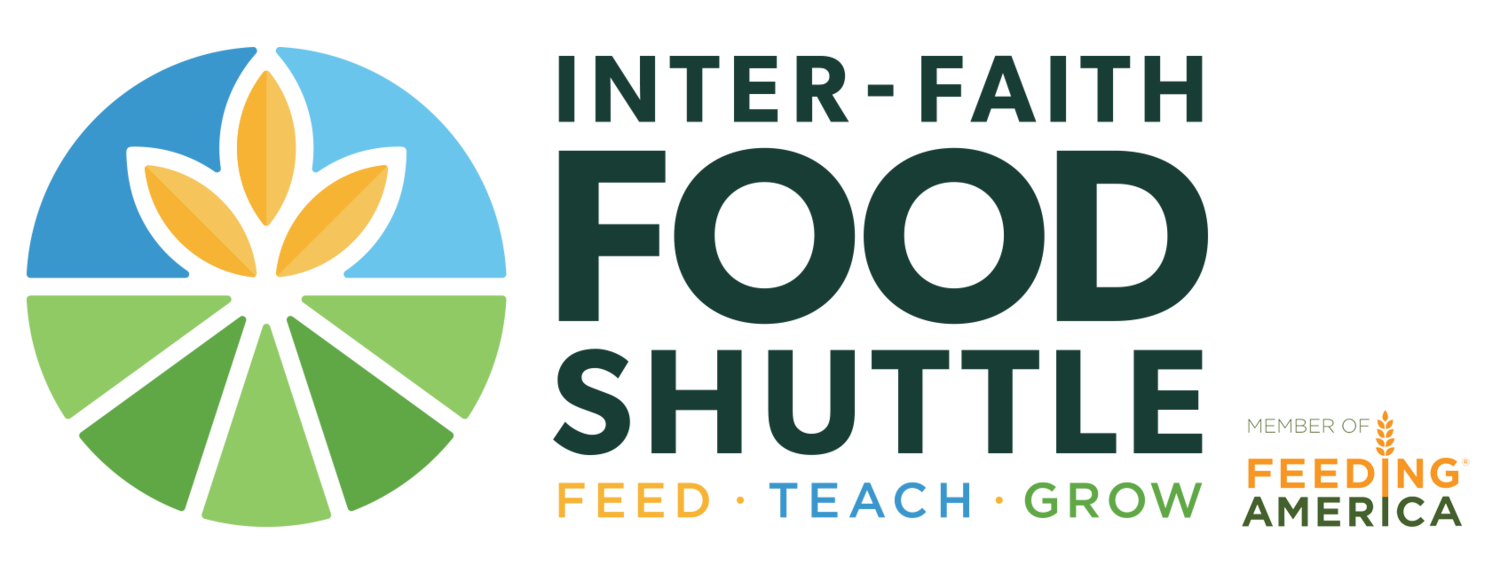The following is a blog from NCSU student Holly Starks. It is the fourth (read the 1st week, 2nd week, and 3rd week recaps) in a series of 5 Blogs she will be writing chronicling her experience as a Nutrition Instructor for a OFL Class she is Teaching. Holly is teaching OFL as part of a Service Learning Class that has teamed up North Carolina State Students with the Inter Faith Food Shuttle’s OFL/Nutrition Program. Through this partnership the IFFS and NCSU hope to engage students in service learning and community nutrition while expanding the reach of its OFL program.
The Side by Side class at the Crosby Head Start Center met once more before their graduation. This was the last time that the instructors would be teaching the participants about nutrition, gardening, and cooking. Our focus for the last material was to cover tips and strategies about saving time and money while eating healthy. We also wanted the participants to learn about the different parts of a plant and understand what parts they eat as food. The recipes for this week were:
- white bean and basil chicken chili and
- apple crisp, both of which reinforced our topics of saving and time and money when making recipes.
At the beginning of the class we started with the cooking preparation for the chili so that it would be cooking while the other lessons were being taught.
The parents helped cut the vegetables, chicken, and apples while the kids helped squeeze the limes and mix together the ingredients for the apple crisptopping. During this part of the class the families discussed ways to save time such as keeping the pantry stocked and organized with basic essentials so that foods will be on hand for quick recipes. The class also discussed utilizing the freezer to save extra food for a later time and safe practices for thawing food.
While the soup simmered on the stove and the apple crisp baked in the oven, the parents learned about the benefits of menu planning with the family. Menu planning can help save time and money at the grocery store by allowing one to buy foods that can be used in several recipes throughout the week. It can also ensure that healthy foods will be on hand for recipes instead of putting together a recipe last-minute that might include unhealthy options. While learning to plan menus, the class also discussed recipe frameworks that demonstrate the base of recipes such as soups, casseroles, salads, and wraps. By knowing the base of each, families are able to personalize their recipes based on what is available, what is in season, or what their preferences are.
Along with planning menus, we emphasized the importance of planning breakfast and making sure that the whole family is able to eat a healthy meal in the morning that includes at least three food groups.
After the nutrition and gardening lesson finished, the chili and apple crisp were ready to eat. The class enjoyed the recipes, as the kids especially liked the apple crisp. The chili was a great way to show how to use recipe frameworks and making healthier substitutions. Soups like the chili we made can also be frozen and eaten for a later meal. The apple crisp is a great recipe to make with kids as they can help mix the delicious topping. You can save money on this recipe by buying apples that are on sale, or buy other fruits that might be in season or on sale. You can substitute with fruits such as pears, peaches, or berries; have fun by personalizing your recipes. I’ve listed below some nutrition tips to remember, but please join us next week to hear about the graduation and celebration for the families!
Nutrition Tips from this week’s lesson:
- Plan meals ahead of time with the family, this will get everyone excited about the meal and will help you to make sure that your family is eating healthy
- Plan to have at least three food groups per meal and two food groups per snack
- When planning, include when the food will be prepared and who willhelp with each task, having food planned and prepared ahead of time will help save time when cooking
- Keep in mind that recipes do not have to be exact, if food is not available or your family doesn’t like certain ingredients, you can make substitutions - It is also important to try to make substitutions that will make a recipe healthier, for instance using chickeninstead of beef or using low-fat cheese instead of regular cheese
- Make sure that your family is eating a meal in the morning that includes at least three food groups - having a good start to the day provides necessary energy, helps to maintain metabolism, helps your kids think in school, and also reduces over-eating
- Breakfast doesn’t have to be eaten right after you wake up, but should be eaten within the first few hours of your day
We would like to give a special thanks to Andy Beal for taking all the great photographs at this week's lesson!


